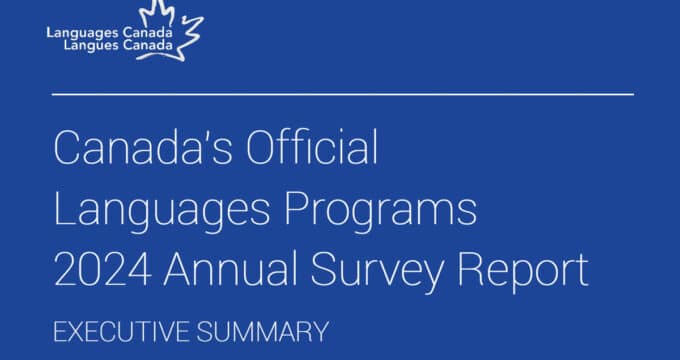International graduate commencements fall in US for second straight year
In fall 2018, fewer international students applied to American graduate programmes than in fall 2017 and first-time enrolment of international graduate students also dropped, marking the second consecutive year of declines in both respects. The Council of Graduate Schools (CGS) reports that foreign applications fell by 4% and first-time enrolments fell by 1%, following on the previous year’s declines of 3% in applications and 1% in commencements. Before 2016, international students’ applications and first-time enrolments to American graduate programmes had increased every year since 2003. Commenting on the data, CGS President Suzanne Ortega said that,
“This is the first time we’ve seen declines across two consecutive years, and while we think it’s too soon to consider this a trend, it is troubling…We continue to monitor issues, including changes in immigration and visa policy, with growing concern over the possible negative impact to the US’s image as a welcoming destination for international students and scholars.”
Impact varies by degree level and institution
Not all graduate programmes suffered application and enrolment declines. First-time international graduate enrolments in doctoral programmes actually grew by 3%, and applications grew by 1%. It was master’s and post-graduate certificate programmes that were the most affected, with applications down by 6% and first-time enrolments down by 2% in those areas. These are the programmes in which most international graduates (77%) are enrolled, however, whereas doctoral programmes enroll 23% of international graduate students. Further, some master’s programmes were more affected than others. The CGS reports that, “declines in master’s applications were particularly pronounced at research-intensive doctoral universities (-6%), other doctoral universities (-9%), and master’s colleges and universities (-1%) between fall 2017 and fall 2018.” Meanwhile, at research-intensive universities, first-time enrolment for master’s degrees increased by 1%.
Ups and downs by country
Chinese applications fell by only 1% and first-time enrolments did not drop, a relieving piece of news considering that Chinese students compose such a large proportion of the total graduate student population in the US. But students from the second-most important sending market, India, sent in fewer applications to graduate programmes (-12%). First-time enrolments from Indian graduate students also fell (-2%). In 2017, Indian applications had fallen 15% and first-time enrolments by 13%. Altogether, Chinese and Indian students accounted for 7 in 10 applications received by universities responding to the CGS International Graduate Admissions Survey, underlining the extent to which these universities are dependent on the Chinese and Indian markets. In particular, Chinese students’ applications to master’s and certificate-level courses prevented a far more serious consequence for those programmes, with Chinese students responsible for nearly half (47%) of applications and 38% of first-time enrolments in Fall 2018. The CGS report urges that graduate schools pursue diversification in their enrolments:
“Nationally, China and India—the two most populous nations in the world— remain, unsurprisingly, as the two largest countries of origin for international graduate students. However, institutions may want to consider strategies that broaden and diversify countries of origin for their international graduate students, so their enrolment trends are not disproportionately dependent on any particular country.”
Other declines in graduate applications came from the Middle East and North Africa (-14%), not surprising given the US administration’s travel ban affecting mostly Muslim-majority nations. Also not surprising is the extent of the fall from one Middle Eastern nation in particular: Iran (-27%, following on a -18% drop the previous year). Saudi Arabia was another nation with graduate students sending fewer applications in than the previous year (-6%), a notable decline but less severe than the one from 2016/17, when the falloff was -21%. Still, first-time enrolments of Saudi Arabian international graduate students were down -21% in 2018, the result of the significant drop in applications the previous year. For the second year in a row, applications from Mexico fell (-4%, not nearly as steep a decline as the -14% recorded in 2017). In a reversal of the trend from 2016 to 2017, where applications from European students had risen by 18%, they fell by 13% for fall 2018. Increases came from Latin America and the Caribbean region, with a 4% increase in applications and a 5% increase in first-time enrolments. Following 2017, when Canadian applications had fallen by 9% from 2016, good news came in the form of first-time graduate enrolment of Canadian students increasing by 6% between for 2018. And applications from and first-time enrolment of graduate students from the Sub-Saharan African region increased by 28% and 5%, respectively.
Engineering programmes experience significant declines
While engineering programmes claimed a quarter of all international applications for US master’s and certificate programmes as well as doctoral programmes, applications for this field were down in 2018 by 16%. Applications to business programmes were also down by 8%, and physical and earth sciences by 9%. These declines are significant given that of all international students enrolled in graduate programmes in the US, 30% are enrolled in engineering, 14% in business, and 12% in physical and earth sciences. Only the mathematics and computer sciences field, of the major fields enrolling graduate students in the US, experienced growth in applications (+6%) for fall 2018. For additional background, please see:


















